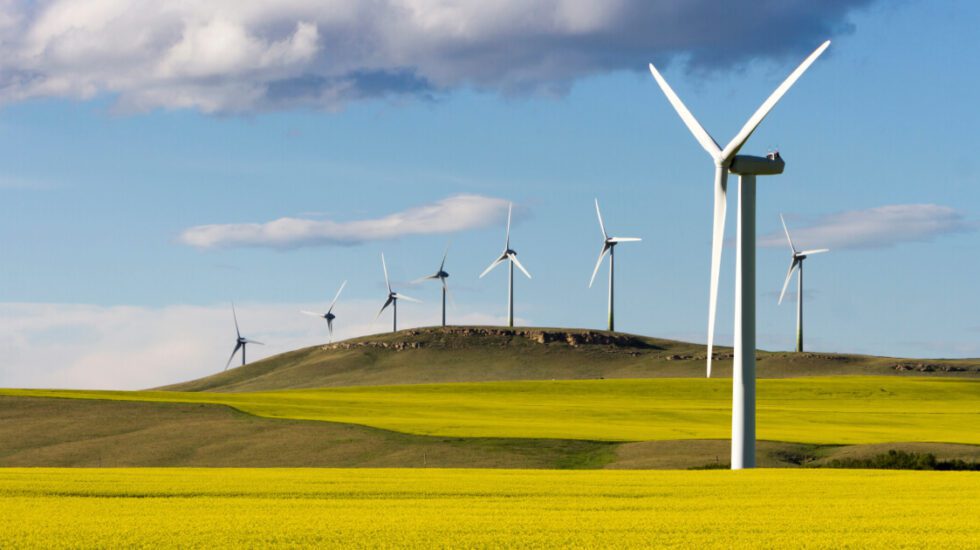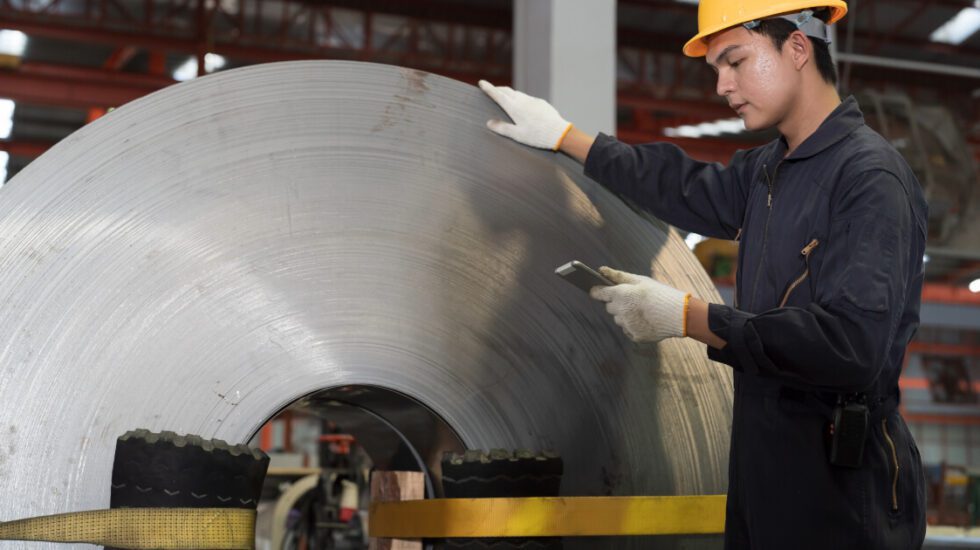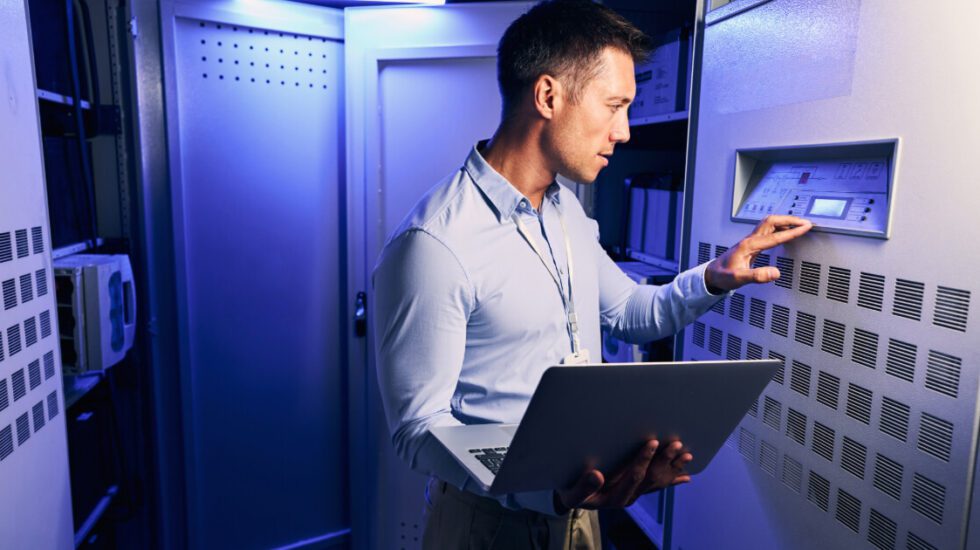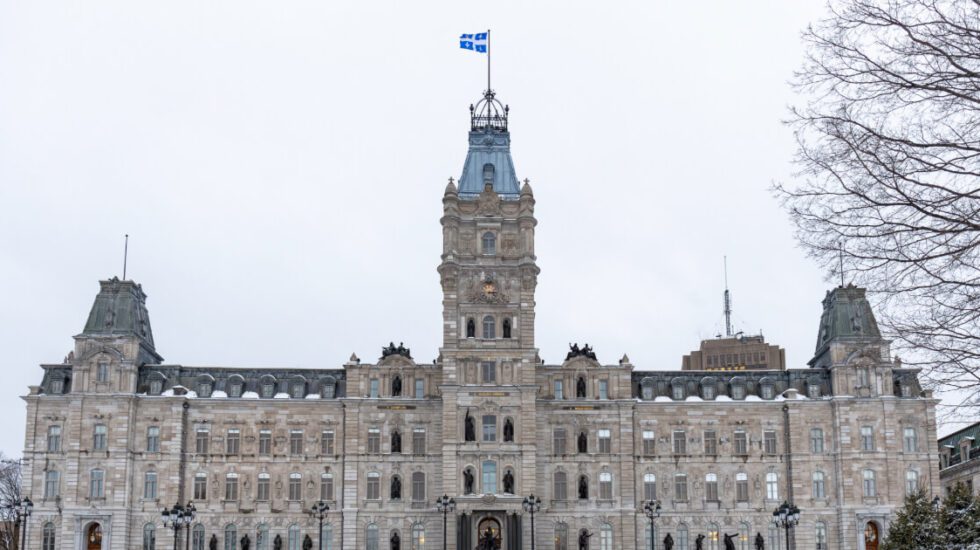Harnessing Innovation: SR&ED Opportunities in Elevator Hydraulic Systems
Elevator hydraulic systems are a cornerstone of modern vertical transportation, combining efficiency, safety, and durability to meet the demands of high-rise buildings and industrial facilities. However, manufacturers often face significant technological challenges in their quest to improve these systems. This is where Canada’s Scientific Research and Experimental Development (SR&ED) tax incentive program can play a pivotal role, providing financial support for research and development efforts that push the boundaries of innovation.
Below, we explore examples of SR&ED activities and technological uncertainties in the development and manufacturing of elevator hydraulic systems.
SR&ED Examples in Elevator Hydraulic Systems
1. Developing Advanced Hydraulic Fluids
Technological Uncertainty: Creating hydraulic fluids with superior properties, such as higher thermal stability, enhanced lubrication, and minimal wear, is a challenge. Achieving these advancements while adhering to environmental regulations compounds the complexity.
SR&ED Activity:
- Researching and testing chemical formulations to balance performance and safety.
- Conducting experiments to validate properties like viscosity, pressure tolerance, and durability in lab and real-world settings.
2. Noise Reduction Innovations
Technological Uncertainty: Meeting stringent noise standards and enhancing passenger comfort requires new designs and materials that mitigate noise effectively.
SR&ED Activity:
- Exploring advanced noise-dampening materials and acoustic insulation techniques.
- Designing and testing pump and valve systems to identify configurations with optimal noise reduction.
3. Improving Energy Efficiency
Technological Uncertainty: Hydraulic systems must meet the growing demand for energy efficiency, particularly in low-load conditions, while maintaining reliability and performance.
SR&ED Activity:
- Designing control algorithms to optimize pump operations.
- Implementing energy-efficient components such as regenerative drives.
- Conducting thermodynamic studies to refine fluid flow and heat management.
4. Integrating Predictive Maintenance Systems
Technological Uncertainty: Incorporating smart sensors and predictive algorithms into hydraulic systems to prevent unplanned downtime and reduce costs presents integration and calibration challenges.
SR&ED Activity:
- Testing new sensor technologies for real-time monitoring.
- Developing and validating predictive maintenance algorithms to anticipate component wear.
- Building robust data analytics platforms to process and act on sensor data.
5. Enhancing Component Durability
Technological Uncertainty: Prolonging the life of critical components such as seals, cylinders, and valves involves overcoming challenges related to material degradation under high-pressure conditions.
SR&ED Activity:
- Testing new materials and coatings to resist wear and tear.
- Performing accelerated aging tests to simulate long-term usage.
- Analyzing failure patterns to develop more resilient designs.
6. Reducing Environmental Impact
Technological Uncertainty: Creating sustainable hydraulic systems that minimize leaks, reduce waste, and use biodegradable fluids is both a technical and environmental challenge.
SR&ED Activity:
- Experimenting with eco-friendly hydraulic fluids.
- Implementing advanced leak detection and prevention technologies.
- Conducting life-cycle assessments to evaluate environmental benefits.
How SR&ED Drives Innovation in Elevator Hydraulic Systems
SR&ED tax incentives are designed to reward businesses tackling technological challenges like those listed above. To qualify, companies must demonstrate systematic experimentation, technological uncertainty, and a clear objective to advance knowledge or technology.
Contact Ayming Canada
Are you ready to innovate and unlock the full potential of SR&ED tax credits for your elevator hydraulic systems? Ayming Canada’s 35 years of expertise in R&D tax credits and government funding programs make us your ideal partner.
Contact us today to explore how we can help you secure SR&ED tax credits, optimize your innovation strategies, and boost your bottom line. Let’s elevate your business to new heights!
Contact us today!
One of our experts will be in touch shortly.














No Comments